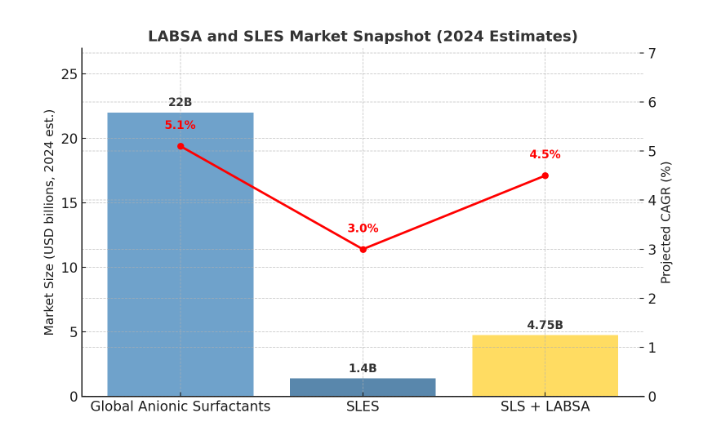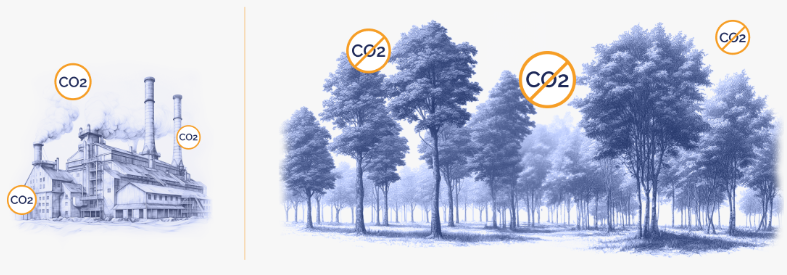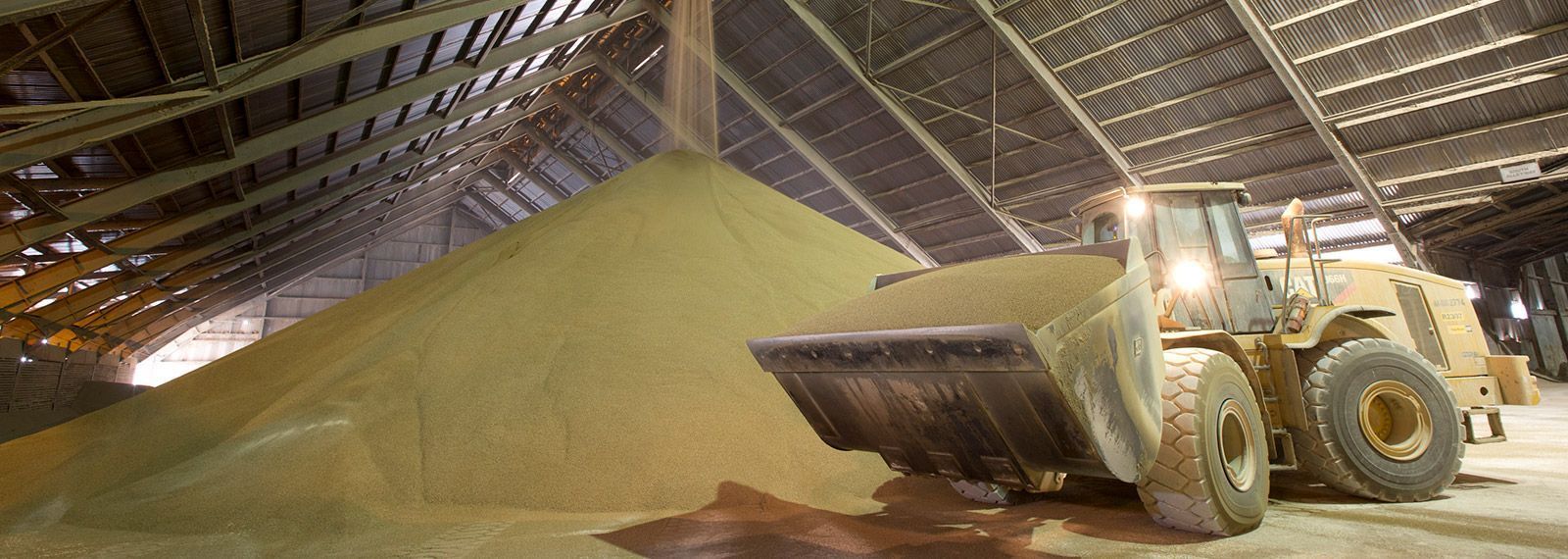What’s New in Surfactants? Trends in LABSA and SLES Markets
Surfactants are the unsung heroes of modern cleaning and formulation science, serving as essential ingredients in everything from laundry detergents and dishwashing liquids to shampoos, cosmetics and industrial cleaners. By reducing surface tension, they enable water and other liquids to spread, mix and remove dirt or grease effectively. Their versatility and performance have made them indispensable to countless industries worldwide.
Among the most widely used surfactants are Linear Alkyl Benzene Sulfonic Acid (LABSA) and Sodium Lauryl Ether Sulfate (SLES). LABSA is a powerful anionic surfactant valued for its high detergency and cost-effectiveness, while SLES is renowned for its mildness, excellent foaming properties, and compatibility with skin-contact products. Together, they form the backbone of many household and industrial formulations, making them central to global surfactant markets.
However, the industry is evolving. Sustainability initiatives are pushing manufacturers toward greener raw materials and biodegradable alternatives. Price fluctuations, driven by feedstock costs and energy markets, are influencing production and supply chains. New formulations are emerging to meet performance demands while reducing environmental impact. Meanwhile, regional demand patterns are shifting, shaped by economic growth, regulatory changes and consumer preferences.
In this article, we explore the latest trends shaping the LABSA and SLES markets - and what they mean for producers, buyers and end-users alike.
Understanding the Role of LABSA and SLES in the Surfactant Industry
LABSA – The Workhorse of Detergent Production
LABSA is one of the most widely used anionic surfactants in the world. Structurally, it consists of a linear alkyl benzene chain sulfonated to create excellent water solubility and strong interaction with oily or greasy soils. Its high detergency, rapid biodegradability and relatively low cost make it the preferred choice for large-scale cleaning formulations.
It is a staple in household cleaning products, including laundry powders, dishwashing liquids and multipurpose cleaners. In these applications, it provides robust cleaning power, effective foaming, and emulsifying properties that help remove stubborn stains and residues. Its compatibility with other surfactants and builders allows formulators to create balanced, high-performance detergent blends at an economical price point.
SLES – The Mild Yet Effective Surfactant
SLES is an ethoxylated sulfate surfactant that strikes a balance between effective cleaning and mildness on skin. Its chemical structure, derived from fatty alcohols, includes ether linkages that reduce the harshness typically associated with traditional sulfates like Sodium Lauryl Sulfate (SLS).
SLES offers excellent foaming and thickening properties while maintaining good biodegradability, making it a top choice in personal care and gentle cleaning products. It is widely used in shampoos, body washes, facial cleansers and liquid detergents, where consumer comfort and skin compatibility are priorities. Its mild nature allows it to be combined with conditioning agents and other ingredients without compromising performance, giving formulators the flexibility to meet both cleaning and sensory expectations.
Together, LABSA and SLES form the foundation of the modern surfactant industry, serving distinct yet complementary roles across diverse applications.
Global Market Overview – LABSA and SLES in Numbers
The surfactant space remains large and growing. Broad anionic surfactants — the category that includes LABSA and SLES — were estimated at roughly USD 21–22 billion in 2024, with forecasts commonly projecting mid-single-digit CAGRs through the late 2020s (Fortune Business Insights estimates a ~5.1% CAGR for anionic surfactants). This scale reflects the combined weight of household detergents, personal care and industrial cleaning segments.
Looking at the two molecules individually, recent market-research snapshots put SLES at about USD 1.3–1.5 billion (2024) with a modest CAGR in the low single digits (~3% in some reports). LABSA / LAS figures are reported together in several industry reports — the SLS/LABSA market was estimated in the low-to-mid billions (several reports place the combined SLS + LABSA market around USD 4.5–5.0 billion in 2024) with a 3–6% CAGR depending on the source. These differences reflect varying scope (pure product vs. formulated volumes) and forecast horizons.
Regionally, Asia-Pacific dominates demand, driven by large detergent and personal-care manufacturing bases, rising urbanization and fast FMCG growth across India, China and Southeast Asia; market analyses estimate APAC surfactant revenues substantially higher than Europe or North America. Europe remains an important high-value market (strong personal-care and specialty demand), while North America is stable with demand concentrated in household and industrial cleaning.
Key demand drivers remain
urbanization, higher hygiene awareness, growing FMCG penetration, and expanding personal-care consumption in
emerging markets — all supporting steady volume growth for LABSA and SLES.
On the supply side, producers face
raw-material and logistics pressure: feedstock cost volatility (e.g., petrochemical and ethylene oxide prices for ethoxylates), constrained availability at times, and elevated shipping/freight costs that ripple into finished-product pricing. These dynamics are
keeping spot prices elevated and contributing to periodic margin pressure and regional supply imbalances.

Key Trends Shaping the LABSA and SLES Markets
Sustainability and Green Chemistry in Surfactants
The surfactant industry is increasingly influenced by sustainability imperatives, as both regulators and consumers demand cleaner, greener products. Manufacturers are investing in bio-based alternatives derived from renewable feedstocks, such as plant oils, to replace or complement petroleum-derived surfactants. Biodegradable formulations are also gaining traction, especially in regions with strict wastewater discharge regulations.
Regulatory bodies, particularly in Europe and North America, are tightening environmental compliance requirements, mandating lower chemical oxygen demand (COD) and higher biodegradability in formulations. These pressures encourage the reformulation of detergents and personal care products to meet eco-label standards like EU Ecolabel or Nordic Swan. For LABSA and SLES, this trend presents both a challenge and an opportunity - innovation can help maintain performance while reducing ecological impact.
Technological Advancements in Manufacturing
Technological improvements are reshaping how LABSA and SLES are produced. Energy-efficient production processes, such as optimized sulfonation and ethoxylation systems, reduce operational costs and carbon footprints. Advanced catalyst technologies are being deployed to improve reaction yields, minimize unwanted byproducts and extend equipment lifespans.
In the case of SLES, developments in continuous ethoxylation and improved purification methods have enhanced product consistency and reduced residual 1,4-dioxane levels, addressing safety and regulatory concerns. For LABSA, refinements in linear alkyl benzene (LAB) synthesis - such as improved alkylation catalysts - are increasing overall efficiency and lowering waste.
Market Price Volatility
Price volatility remains a defining characteristic of the LABSA and SLES markets, largely because both rely on feedstocks derived from crude oil (for LABSA) and palm oil or other natural fatty alcohols (for SLES). Fluctuations in global energy markets, geopolitical tensions, and seasonal agricultural yields all feed into raw material cost instability.
Producers often manage this instability by long-term supply contracts, diversification of feedstock sources, and hedging strategies to mitigate sudden spikes. Additionally, some companies are exploring circular economy approaches, such as reclaiming and reusing fatty alcohols from production waste, to buffer against market swings.
Shift in Consumer Preferences
In personal care especially, there is a rising demand for sulfate-free and mild formulations, driven by consumer awareness around skin sensitivity and environmental issues. This trend has led to growth in alternative surfactants such as sodium cocoyl isethionate, sodium lauroyl sarcosinate, and glucoside-based surfactants.
For LABSA, this shift has a mixed effect. While household cleaning applications remain strong, personal care use is minimal, meaning the trend toward “sulfate-free” has little direct impact on its core markets. SLES, however, is more directly affected, as it is a staple in shampoos, facial cleansers, and body washes. In some cases, SLES is being partially replaced or supplemented with milder alternatives to improve sensory appeal and marketing claims, though its cost-effectiveness and performance ensure it remains relevant in value-driven segments.
The net result is a market bifurcation: premium products in mature markets lean toward sulfate-free claims, while mass-market and emerging economies continue to rely on LABSA and SLES as proven, cost-effective solutions.
Regional Insights – Where the Growth Is Happening
Asia-Pacific – The Powerhouse Market
Asia-Pacific (APAC) remains the largest and fastest-growing market for LABSA and SLES, accounting for a significant share of global consumption. Rapid urbanization, expanding middle-class populations, and rising hygiene awareness are driving strong demand in India, China and Southeast Asia. Household detergents dominate consumption, with large domestic producers and multinational FMCG companies investing heavily in local manufacturing. Price sensitivity in these markets ensures continued reliance on cost-effective, high-performance surfactants like LABSA, while SLES use grows in personal care segments such as shampoos and body washes. The region’s manufacturing scale also makes it a major exporter of these chemicals.
Europe – Driving Sustainability Standards
In Europe, growth is slower in volume terms but strong in value-added and eco-friendly products. The region leads in green product certifications, eco-labeling schemes, and strict environmental regulations that influence formulation choices globally. Manufacturers operating in Europe often reformulate products to meet EU Ecolabel, Nordic Swan, or REACH compliance standards, favoring biodegradable surfactants and low-environmental-impact production methods. SLES continues to be used in many personal care applications, but there is greater experimentation with bio-based and sulfate-free alternatives. This push for sustainability often sets benchmarks adopted in other regions.
North America – Premiumization in Personal Care
North America shows steady demand, with growth largely concentrated in premium personal care and specialty cleaning products. Consumers are increasingly seeking mild surfactants with improved sensory attributes, boosting SLES usage in combination with conditioning agents and natural extracts. While sulfate-free claims have gained traction, SLES remains a mainstay in many formulations due to its proven performance and cost efficiency. In the household cleaning sector, LABSA-based products still dominate, particularly in multipurpose cleaners and laundry detergents. However, environmental marketing claims and reduced-chemical formulas are becoming key differentiators in a competitive market.
Challenges Facing the LABSA and SLES Markets
The LABSA and SLES markets, while resilient, face several structural challenges that influence profitability and strategic direction. Regulatory compliance costs are a growing concern, particularly in regions with stringent environmental and safety standards. Meeting requirements such as EU REACH, eco-label criteria, or limits on residual contaminants like 1,4-dioxane requires investment in cleaner technologies, advanced purification systems, and rigorous testing - raising production expenses.
Another significant challenge is competition from alternative surfactants. Bio-based and milder options, such as alkyl polyglucosides (APGs), methyl ester sulfonates (MES), and amino acid–based surfactants, are gaining market share in certain personal care and specialty cleaning segments. While these alternatives often come at a higher cost, their appeal lies in strong marketing claims around natural origins, biodegradability and skin compatibility.
In emerging economies, where detergent and cleaning product consumption is expanding rapidly, price sensitivity remains a decisive factor. Here, cost-effectiveness often outweighs sustainability credentials, keeping LABSA and SLES in strong demand, but also creating intense competition on price between local and international producers. This dynamic can limit the ability to pass on higher raw material costs, putting pressure on margins.
Balancing compliance, innovation and competitive pricing will be essential for sustaining long-term market relevance.
Future Outlook – What to Expect in the Next 5 Years
Over the next five years, the LABSA and SLES markets are expected to experience steady demand growth, driven by rising hygiene awareness, continued urbanization in emerging markets, and expanding FMCG distribution networks. While volumes will remain strong, value growth will increasingly hinge on innovation and sustainability.
Sustainable, high-performance surfactants, including bio-based LABSA and low-residual SLES, are likely to emerge as market leaders, meeting both regulatory demands and consumer preferences. Advancements in manufacturing efficiency and greener chemistries will help established products maintain relevance even as alternatives gain traction.
Leading manufacturers are expected to pursue strategic moves such as capacity expansions in Asia-Pacific, joint ventures with bio-based chemical producers, and investments in R&D for next-generation surfactants. Those that can balance cost competitiveness with environmental responsibility will be best positioned to capture market share in an increasingly competitive and compliance-driven industry landscape.
FAQs
What is the main difference between LABSA and SLES?
LABSA (Linear Alkyl Benzene Sulfonic Acid) is a strong anionic surfactant primarily used in household and industrial cleaning products for its high detergency and cost-effectiveness. SLES (Sodium Lauryl Ether Sulfate) is milder, with excellent foaming properties, making it a preferred choice for personal care items, like shampoos and body washes.
Which industries are the biggest consumers of LABSA?
The largest consumers of LABSA are the detergent and cleaning industries, particularly in laundry powders, dishwashing liquids and multipurpose cleaners. It’s also used in certain industrial degreasing applications.
Is SLES considered safe in personal care products?
Yes. Regulatory bodies like the EU’s SCCS and the U.S. FDA recognize SLES as safe for use in cosmetics and personal care when formulated and rinsed off properly. It is also biodegradable, though trace 1,4-dioxane levels must be minimized through proper manufacturing.
Are there eco-friendly alternatives to LABSA?
Yes. Alternatives include alkyl polyglucosides (APGs), methyl ester sulfonates (MES), and other bio-based surfactants. While these can offer improved biodegradability and renewable sourcing, they often come at a higher production cost, limiting their adoption in highly price-sensitive markets.
















